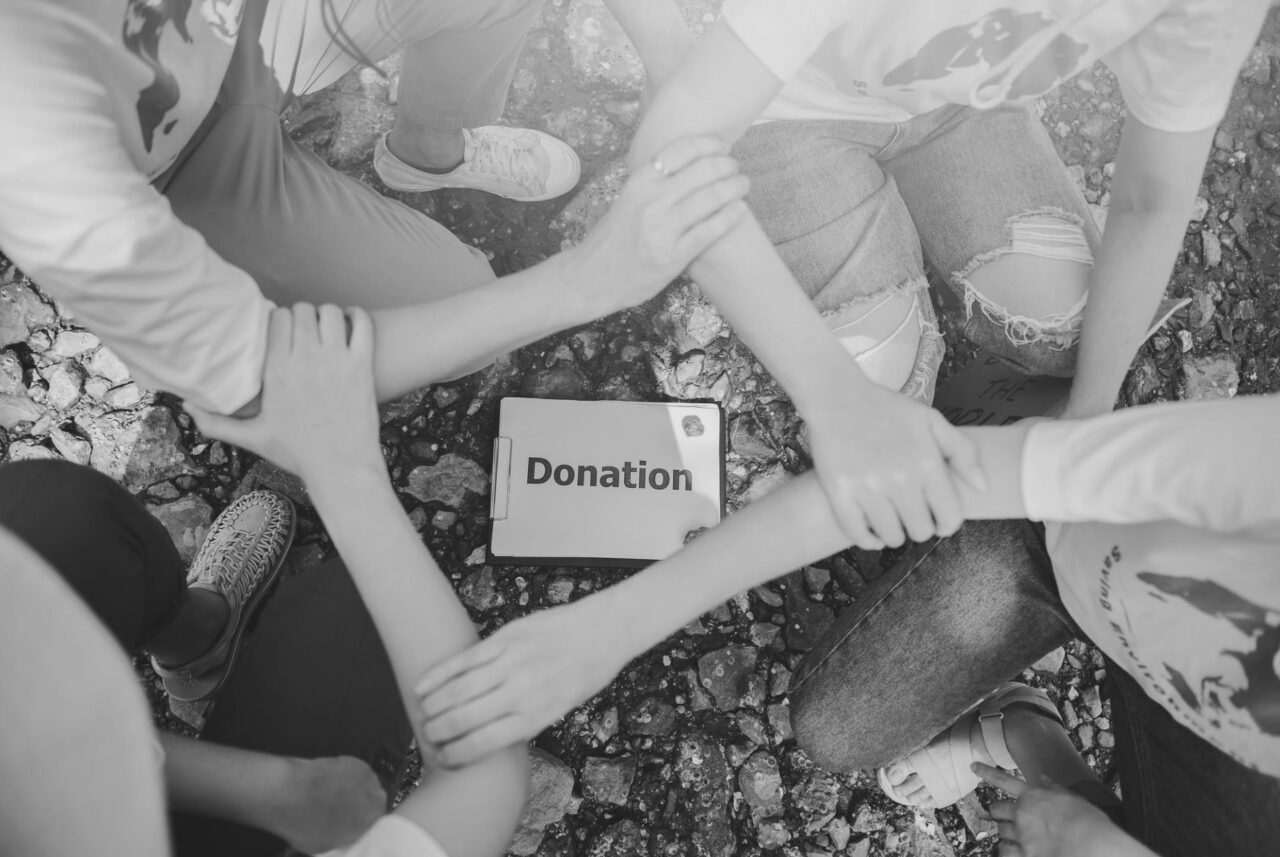
As the world becomes increasingly digital, non-profit organizations are facing the challenge of keeping up with the ever-evolving landscape of communication channels. To reach and engage with their target audience, non-profits must adopt an omnichannel strategy that integrates all of their communication channels, from traditional methods such as print and email to newer channels such as social media and mobile apps.
An omnichannel strategy allows non-profits to reach their audience through a variety of channels, in a cohesive and coordinated way. This approach is particularly important for non-profits, as it allows them to maximize the impact of their message and increase the effectiveness of their campaigns. By using a variety of channels, non-profits can reach more people and tailor their message to different demographics and audiences.
One key aspect of an omnichannel strategy is the use of data and analytics. By tracking the performance of different channels, non-profits can identify which channels are most effective in reaching their target audience and adjust their strategy accordingly. This allows non-profits to optimize their campaigns and maximize the impact of their message. Additionally, data and analytics can also be used to personalize the message to specific demographics and audiences, which can increase engagement and ultimately lead to more donations and support.
Another important aspect of an omnichannel strategy is the use of automation. Automation tools such as marketing automation software allow non-profits to streamline their communication efforts and increase efficiency. For example, automation tools can be used to send targeted messages to specific demographics or to trigger specific actions based on the behavior of the recipient. This allows non-profits to reach their audience in a more personalized and effective way, without the need for manual intervention.
One of the main benefits of an omnichannel strategy is its ability to create a seamless experience for the user. By integrating all of their communication channels, non-profits can provide a consistent message and user experience across all channels. This can increase trust and engagement with the audience, leading to more donations and support.
Additionally, by creating a seamless experience, non-profits can increase the likelihood of their audience becoming long-term supporters and advocates.
An omnichannel strategy is essential for non-profits looking to reach and engage with their target audience in today’s digital landscape. By integrating all of their communication channels and using data and automation, non-profits can maximize the impact of their message and increase the effectiveness of their campaigns. Additionally, an omnichannel strategy can create a seamless experience for the user, increasing trust and engagement and ultimately leading to more donations and support for the non-profit organization.




